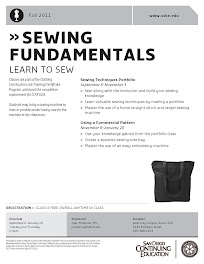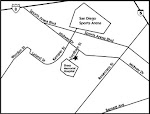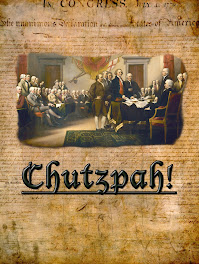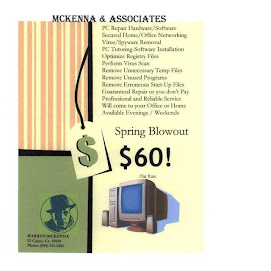By ANN FARMER NYTimes
When the trend-setting fashion designers Marcus Wainwright and David Neville of Rag & Bone wanted a top-of-the-line men’s wear maker for their hip brand, whose door did they knock on? Martin Greenfield’s. http://www.greenfieldclothiers.com/home.html When the costume designers for the HBO series “Boardwalk Empire” sought period garments that could have been lifted straight out of the 1920s, whom did they turn to? Martin Greenfield. And when Mayor Michael R. Bloomberg, Police Commissioner Raymond W. Kelly and other local notables known for their sartorial flair need a new addition to their wardrobe, whom do they call? You guessed it.
Working behind the scenes for more than 60 years, Martin Greenfield has been an influential face of men’s fashion in New York City — from the era when men wore suits to baseball games to today, when only the fussiest of restaurants demand jackets and ties.
Men’s fashion may be much less formal, but Mr. Greenfield, 82, is still old-school in his devotion to the labor-intensive, exacting and vanishing art of making tailored garments by hand.
“See, I wore out the floor,” Mr. Greenfield said the other day, standing on a weathered sheet of plywood that long ago replaced the worn planking on the second floor of the factory in East Williamsburg, Brooklyn, where he and his two sons oversee 117 workers.
Hunched over tables spread across the vast loft-style space, workers methodically stitched sleeves, pockets, buttonholes and collars into jacket bodices. Dressed in a natty three-piece suit embellished with a pair of striking cufflinks — a tiny measuring tape and shears presented by a satisfied customer — Mr. Greenfield paused to sort through a rack of finished jackets destined for Brooks Brothers and two fashion-forward labels: Freemans Sporting Club and Band of Outsiders. “Look at the beauty of these garments,” he said, pointing out the even stitching and luxurious feel. “Everything is soft.” Every suit, Mr. Greenfield explained, takes about six weeks and the handiwork of 80 to 85 tailors to make.
“He does simply outstanding work,” said Mr. Bloomberg, who credits Mr. Greenfield with making all his suits. Mr. Greenfield first grasped the importance of appearances while trying to survive the Holocaust. When he was 14, he and his father, mother, two sisters and a brother were taken from their home in Pavlova, in what was then Czechoslovakia, and later delivered to Auschwitz. He was assigned to wash clothes in the camp’s alteration shop, and one day he accidentally ripped an SS officer’s shirt, an affront for which he was beaten. The officer threw the shirt at Mr. Greenfield, who mended it and started wearing it instead of the uniforms the other prisoners wore. From then on, he said, the guards and prisoners began treating him with respect. “He looked like a somebody,” said Jay Greenfield, 52, Mr. Greenfield’s oldest son and the executive vice president of the company, Martin Greenfield Clothiers, explaining that his father attributes his survival to that shirt. The rest of Mr. Greenfield’s family perished in the camp, though he did not find that out immediately and spent two years after the war looking for them. After discovering that some of his mother’s siblings had immigrated to America before the war, Mr. Greenfield traveled to New York, where he was met by an aunt, who relied on a photograph to recognize him. In 1947, he was hired by a clothing manufacturer, GGG Clothing, in East Williamsburg. His first assignment was to move batches of unfinished garments from one sewer to another. He advanced to blind stitcher, fitter, supervisor and so on, until he was able to buy the business in the 1970s, starting from scratch with six employees. He did not have it easy after he took over. “Eleven times they’ve broken in,” said Mr. Greenfield, who founded a business development corporation and served on a local preservation board to help revitalize the now-gentrifying neighborhood.
As his reputation grew, well-known figures like Paul Newman, Cardinal Edward M. Egan, Colin Powell and Patrick Ewing sought him out for custom-made suits, which cost as much as $2,600. After President Bill Clinton was elected in 1992, the White House requested a tailcoat for the president’s first state dinner. Painstakingly measuring Mr. Clinton, Mr. Greenfield told him: “Anyone would give their right arm to be in my position. But if I don’t do it right, you could ruin my reputation.” Mr. Clinton, he recalled, simply laughed. Later, Mr. Greenfield got a photo of Mr. Clinton wearing the tailcoat. “They sent me the picture because he looked so good in it,” he said.
As comfortable as he is dressing the president, Mr. Greenfield is also versatile enough to work with Mr. Wainwright and Mr. Neville, the designers behind Rag & Bone, who are known for their modern yet classic approach to men’s fashion. Mr. Greenfield celebrated when Rag & Bone was named the 2010 Menswear Designer of the Year by the Council of Fashion Designers of America. http://www.cfda.com/ “We don’t get to win awards, but we get to enjoy the success,” said Tod, his other son.
They also delighted in watching episodes of “Boardwalk Empire,” for which they hand-tailored 250 period garments with fabric that was used in the 1920s. “It’s hard to follow the plot,” Tod Greenfield said, “because we’re looking at the clothes.” One day, when Mr. Greenfield visited the set of the show in Greenpoint, Brooklyn, Steve Buscemi, the actor who plays one of the leading roles, walked up to him and gave him a hug. “He said he never looked so good,” Mr. Greenfield said.
Sunday, November 7, 2010
Subscribe to:
Posts (Atom)










